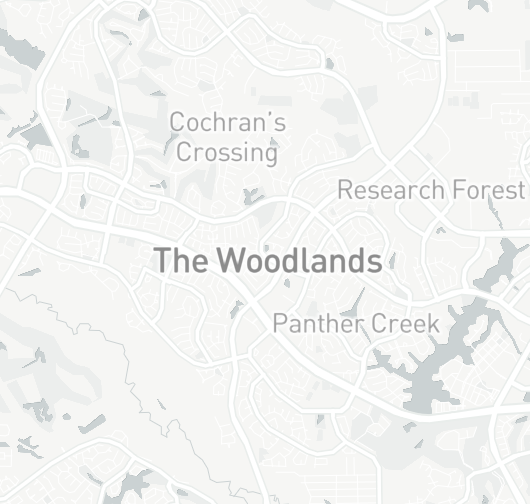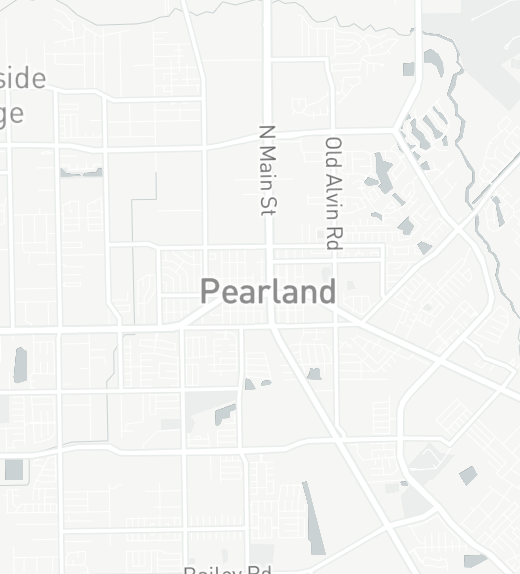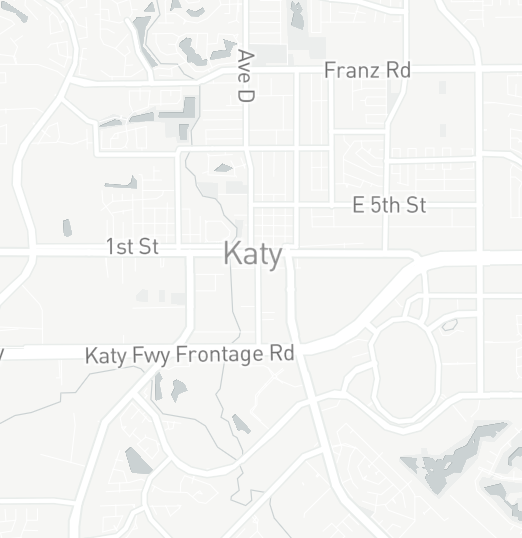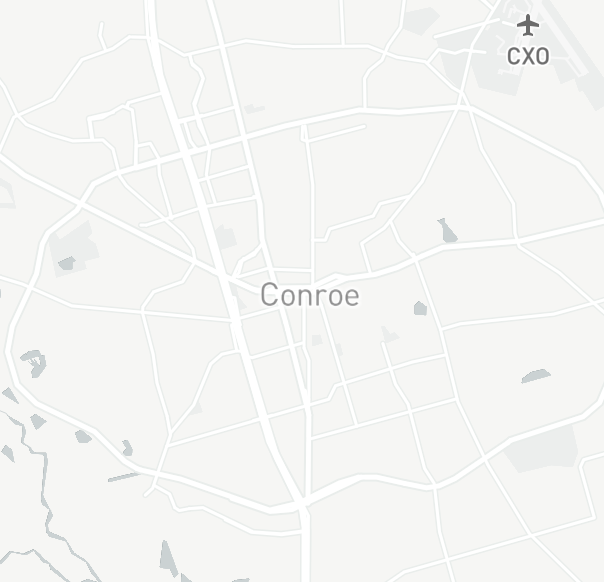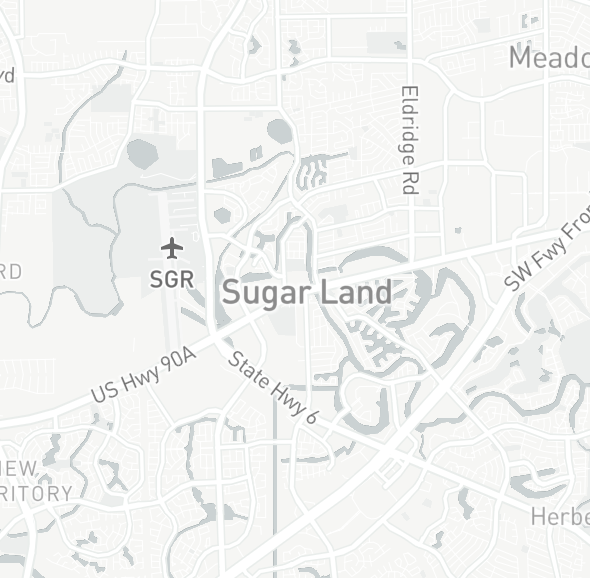You’ve heard how much damage termites can do to homes and buildings, but can you tell the difference between a flying termite and a flying ant? Whether you’ve experienced the devastation of termite damage yourself or not, your heart will sink when you see a swarm of termite-looking ants darkening the blue sky over your home. But is it a dark cloud of ants or termites casting a shadow? We’re here to help you answer that question because signs of termites require urgent pest control treatment. Ants are a pesky nuisance and pack a painful bite, but they don’t eat your home from the inside out.
Termites Vs. Flying Ants: Similarities
Both ants and termites grow wings and take flight to breed before spreading colonies around the area. Like ants, termites have a “caste” system where only certain termites can breed. In ants, these are called the queens and drones. In termites, we usually call them queens and kings.
After mating, kings, and queens lose their wings. But unlike ant drones who die after mating, termites actually pair off in a queen-king pair, so they can mate and reproduce to expand their colony year after year. If that colony is in your home, you’ll want to know.
Both insects have a similar mating cycle. When it starts to warm up, they get active. Now, how do you tell termites and ants apart?
The images below are from termite damage inside a tree.Termites living inside TreeTermite Damaged Tree
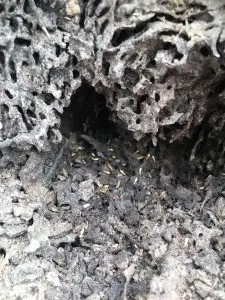
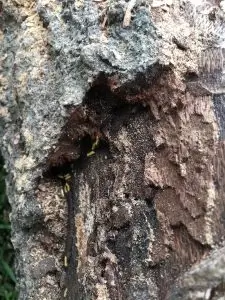
Differences Between Flying Ants and Termites
Time to catch one in a jar and take a closer look. Keep in mind that both ants and termites will bite if caught by hand, so use caution.
- Waist appearance – An ant has a clearly defined, 3-part, segmented body. A termite’s midsection is broad, so it appears to run together into the tail end.
- Antennas – The ant’s antennas protrude straight out from the sides of the ant’s head, then take a sharp angle (like an elbow) before pointing forward. The termite antennas are curved, not angular.
- Wings – Ants and termites have four wings. But on ants, the wings on the lower torso are shorter than the upper wings. On termites, all four wings are the same size. The wings also differ in color. Termite wings are clear, while ant wings are translucent brown or black.
- Food Preferences – Termites eat the cellulose in wood. In nature, they would forage wood from dead or dying trees, but in cities, they’ve found a plentiful food source in our homes, so they thrive. Ants are omnivores like humans, so they can eat almost anything like meat, dead insects, food scraps, nectar, grease, etc. Carpenter ants do not eat wood, but they do burrow into wood, which can cause minor damage compared to termites.
- Community Structure – Both termites and ants live in large colonies, and everyone in the colony has a clearly defined role, such as a soldier, worker, or queen. Termite communities tend to be smaller than ant ones.
- Life Cycle – Worker ants only live a few months, but they’re constantly being replaced. A worker termite can live a couple of years. However, queens live a lot longer. An ant queen only lives a couple of years, while a termite queen can live over 10 years. And they produce offspring year after year. Interesting fact: some African termite queens, which we don’t have around here, can live 50 years.
- Infestation rate – Ant colonies grow and replenish fast. Termite colonies can take 3-4 years to get to the point where they’ve caused enough damage to be noticed. Obviously, you don’t want to get to this point.
- Damage – According to the EPA, Termites cause billions in damage every year. Ants, while a nuisance, don’t cause anywhere near this.
How to Get Rid of Termites
Don’t take a chance. If you are still unsure if those are ants or termites, please call a termite expert out to take a look. Call (832) 230-6433 now to speak with a member of the Life After Bugs team or request a termite inspection online in Richmond or Katy, Texas. Catch termite infestations early to prevent expensive damage.
SEE ALSO
- Ant Control, Prevention & Treatment
- Pest Exclusion Service for Homes
- Residential Pest Control Services
- Richmond Pest Control Technicians





